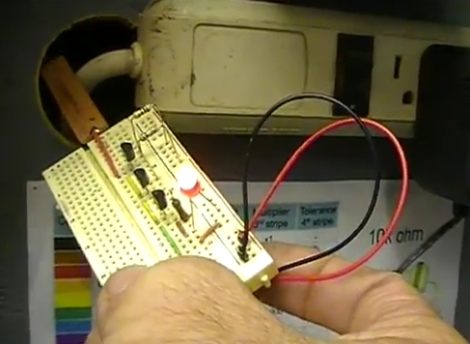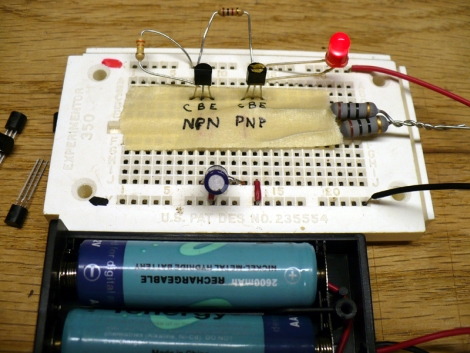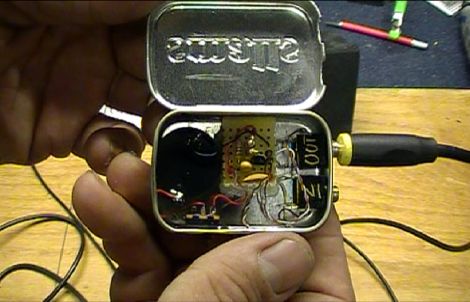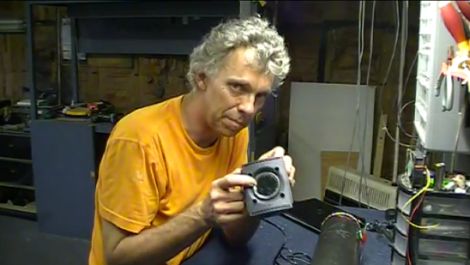

Typically, when people hear that you’ve made a Halloween costume for your dog, the statement is met with the eye rolling and polite lies about how cute the outfit is. There are few exceptions to this rule, and [Dino’s] latest creation is one of them. For this week’s entry in his Hack a Week series, he created a “Headless Horseman” costume for his dog [Sophie].
The costume borrows parts from one of his previous hacks, the Hexababy. Reclaiming the dismembered head from the disturbing crawler, [Dino] reattaches it to the doll’s body, just not in the traditional manner. He screws the baby’s head to the arm of the doll after fashioning its outfit from some scrap cloth. The doll’s head retains it’s beady red LED eyes from the previous project, but [Dino] added a tilt switch to the setup so that they light up sporadically as the dog runs about.
Be sure to check out the video below to see the final result of [Dino’s] work. The doll looks great, though it seems that its saddle needs some reinforcement to handle [Sophie’s] bountiful energy stores.















